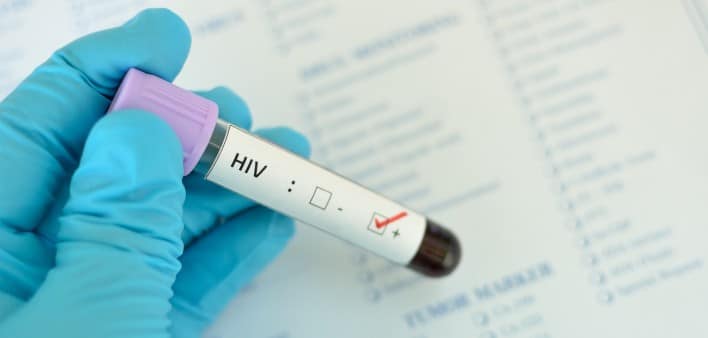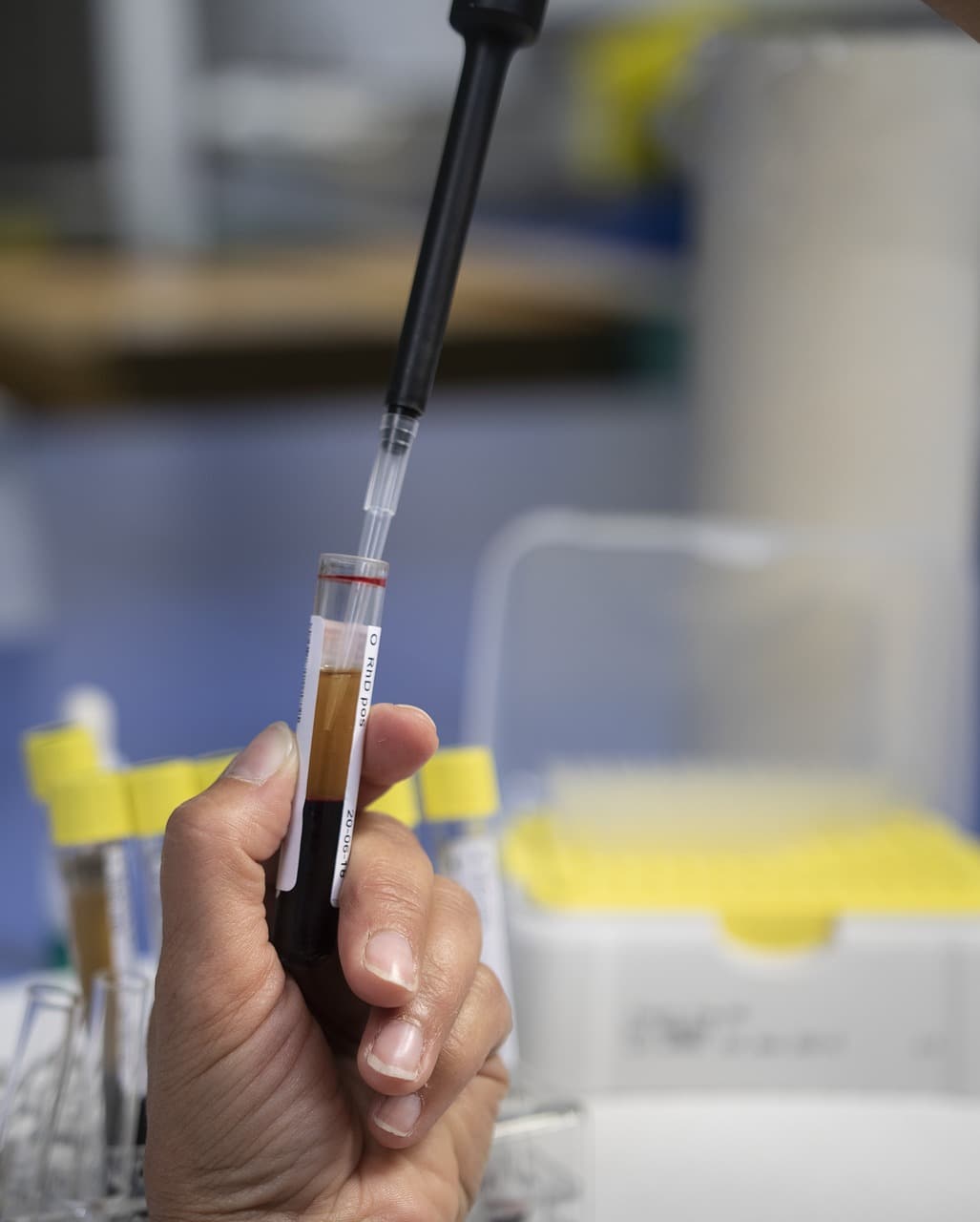For many years, Truvada has been used as a preventive measure for HIV by those who are more likely to get infected (i.e., people at higher risk). But how effective is this medication? Have there been any advances or changes since its introduction? Read on to find out.
IMAGE: PIXABAY
What Is Truvada PrEP?
This drug has been in existence for over ten years. It is mainly used to prevent HIV-negative people from getting the virus. It could also be used to suppress the viral load in people already infected.
As a medicine for pre-exposure prophylaxis (PrEP), it contains two main drugs: emtricitabine and tenofovir. How does it work? Its mechanism of action is quite simple. HIV uses an enzyme known as reverse transcriptase to duplicate its genetic material and reproduce in the human body. When ingested, Truvada goes on to block the enzyme, thereby preventing HIV from multiplying in the body.
Truvada is one of the oldest and most popular PrEP medication. It was approved for use by the United States FDA (Food and Drug Administration) in 2012, making it the first-ever drug to be approved for preventing HIV-negative people from contracting the virus.
This medication is highly recommended for individuals who face a higher risk of getting infected, i.e., bisexual or gay men who have been participating in unprotected sex or have had a sexually transmitted disease within the past six months. Similarly, heterosexual women and men who have or have had an STD or unprotected sex are advised to use it. Bearing in mind that HIV is not spread only through sexual intercourse, intravenous drug users who tend to share syringes are advised to use Truvada properly and consistently.
Its Effectiveness In HIV Prevention
According to studies [1], Truvada lowers the risk of getting infected via sexual intercourse by up to 90% if taken properly and consistently. It also reduces the risk of contracting HIV via injections by about 74%. Subsequent studies [2] have shown that this medication could reduce the risk of infection by up to 92% or even 99%.
As such, this medication is a highly effective preventive measure for HIV. However, its use has not been as widespread as expected. This is because many people have attached a form of stigma to the use of PrEP and as such shy away from taking such medications.
Although Truvada is quite effective in HIV prevention, it does not protect against STDs. As such, users are advised to still practice safe sex.
Can You Mix Truvada With Other Substances?
According to research [3], Truvada is known to interact with about 186 drugs. These interactions may range from severe to moderate and mild. Some of Truvada interactions include:
- Kaletra (lopinavir/ritonavir);
- Videx (didanosine, or ddI);
- atazanavir;
- Norvir (ritonavir).
Thus, users of Truvada should be careful not to combine it with these medications to avoid adverse reactions [4]. Apart from meds, Truvada could also interact with some health conditions such as the following:
- hepatitis B;
- liver diseases;
- bone toxicity.
People who suffer from these conditions should consult their doctors for suitable alternatives. In the same vein, Truvada should not be used without proper medical consultation. Rather, one must undergo tests and consultations with a medical practitioner before using this medication.
References
- Retrieved: December 20, 2019. Cdc.gov.
- Pre-exposure prophylaxis for sexually-acquired HIV risk management: a review. James Wilton, Heather Senn, Malika Sharma, et al. Published: April 28, 2015. Ncib.nlm.nih.gov.
- Truvada (emtricitabine / tenofovir) Drug Interactions. Retrieved: December 20, 2019. Drugs.com.
Truvada. Hosein SR. Published: 2016. Catie.ca.
If you are interested in even more lifestyle-related articles and information from us here at Bit Rebels, then we have a lot to choose from.


COMMENTS